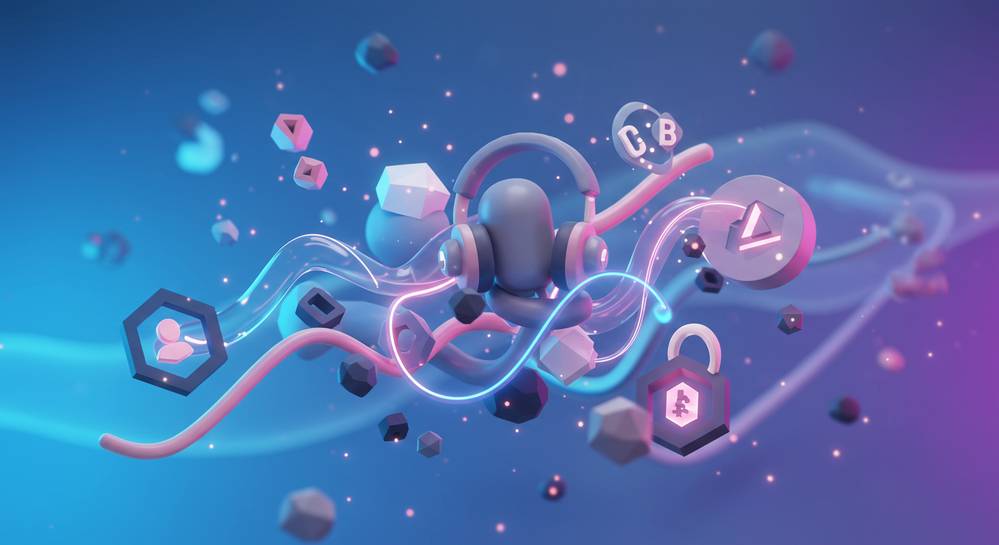Effective communication is the cornerstone of success in any multiplayer gaming experience. Whether you are navigating treacherous dungeons, orchestrating a raid on an enemy base, or strategizing in a competitive match, the ability to clearly convey information and coordinate actions can make all the difference between victory and defeat. This guide to multiplayer communication delves into essential techniques, tools, and best practices to help you and your teammates achieve seamless coordination and elevate your gameplay to new heights. Learn how to transform chaotic encounters into synchronized triumphs.
The Indispensable Role of Communication in Multiplayer Gaming

In the fast-paced and dynamic world of multiplayer gaming, clear and concise communication stands as a critical pillar for achieving objectives and securing victories. It transcends mere information exchange, evolving into a strategic tool that dictates team movements, counter-plays, and overall tactical execution. A team that communicates effectively can anticipate threats, capitalize on opportunities, and react cohesively to shifting battle conditions, making the difference between a frustrating defeat and a satisfying win. Without it, even the most skilled individual players may struggle to form a coherent strategy, leading to disarray and missed chances. Understanding this fundamental importance is the first step toward improving your team’s performance. For more insights on team dynamics, check out our article on team composition strategies.
Elevating Team Play Through Effective Communication
Beyond basic callouts, effective team communication fosters synergy and trust. It allows for rapid decision-making under pressure, turning potential chaos into coordinated action. Mastering this guide to multiplayer communication means not just speaking, but also actively listening and interpreting non-verbal cues. This skill significantly enhances overall game sense and adaptability, crucial for navigating complex in-game scenarios and securing consistent wins.
Essential Tools and Best Practices for In-Game Communication

Effective communication is underpinned by utilizing the right tools and adhering to established best practices. Modern multiplayer games offer various channels, each with unique advantages. Choosing wisely and using them efficiently significantly impacts team coordination, forming a crucial guide to multiplayer communication.
Voice Chat Etiquette for Clear Calls
Voice chat is the most direct and real-time method. Always use Push-to-Talk (PTT) to minimize background noise. Keep calls concise, clear, and relevant to the immediate situation. Avoid unnecessary chatter or open mic usage, which distracts teammates. Prioritize calls for targets, enemy positions, ability usage, and immediate threats for optimal team performance.
Text Chat and Ping Systems for Strategic Information
Text chat serves as an excellent supplementary tool for less time-sensitive information or strategic planning during lulls. Use it for objective reminders or longer explanations. Ping systems are invaluable for quick, non-verbal communication of specific locations, enemy sightings, or resource requests. Mastering various ping types conveys precise information instantly, enhancing overall multiplayer game strategy.
Overcoming Common Communication Barriers and Challenges

Even with the best intentions, several barriers can hinder effective multiplayer communication. Recognizing and actively working to overcome these challenges is crucial for fostering a healthier and more productive gaming environment. Addressing these issues proactively prevents misunderstandings and reduces in-game frustration, forming a vital part of any comprehensive guide to multiplayer communication.
Navigating Language Differences and Accents
In global multiplayer games, language barriers and diverse accents are common. Use simple, direct language and acronyms whenever possible. Encourage universal pings and emotes for clarity. Patience and respect are paramount. Consider designating a primary communicator for translation or clarification, or utilize available in-game translation features to bridge gaps.
Dealing with Toxicity and Misinformation
Toxicity, including insults, spam, or misleading information, severely cripples team morale. It is vital to address toxic behavior calmly or use mute functions and report tools. Focus on positive reinforcement and constructive feedback. Misinformation should be clarified immediately with accurate data or observations to maintain team integrity and trust.
Managing Information Overload and Distraction
Too much information, or information delivered at the wrong time, can be detrimental. Encourage teammates to prioritize critical calls and avoid excessive chatter during intense moments. Practice active listening and learn to filter non-essential noise. Clear roles within a team can also structure communication, preventing players from speaking over each other.
Advanced Strategies for Seamless Team Coordination
Mastering foundational communication unlocks advanced strategies for seamless team coordination. These techniques move beyond basic information. They focus on proactive planning and dynamic adaptation, crucial for superior in-game performance. This is a key guide to multiplayer communication.
The Art of Shot-Calling and Leadership
Designating a shot-caller provides vital team structure. This primary communicator gives clear, concise directives. They anticipate enemy moves and guide objectives. This role demands deep game knowledge, quick decision-making, and composure. Collective leadership also emerges from timely suggestions.
Role-Specific Communication Protocols
Different in-game roles require unique communication. A support player tracks enemy cooldowns. A damage dealer identifies priority targets. Defining these responsibilities streamlines calls. This prevents information overlap, ensuring comprehensive coverage.
Post-Game Analysis and Feedback Loops
Effective teams communicate after gameplay. A brief post-game analysis is crucial. Discuss communication successes and areas for improvement. This feedback loop helps teams learn from errors and refine strategies. Constructive feedback builds trust and boosts performance.
Mastering multiplayer communication is not merely about speaking; it is about fostering understanding, building synergy, and creating a cohesive unit that can adapt and overcome any in-game challenge. By applying the principles discussed in this guide, from choosing the right tools to practicing active listening and maintaining a positive attitude, you will not only improve your personal performance but also significantly enhance your team’s overall success and enjoyment. Remember, a well-communicated plan is often a winning plan. Continue your gaming journey and explore more tips and tricks at Tap To Play Games.